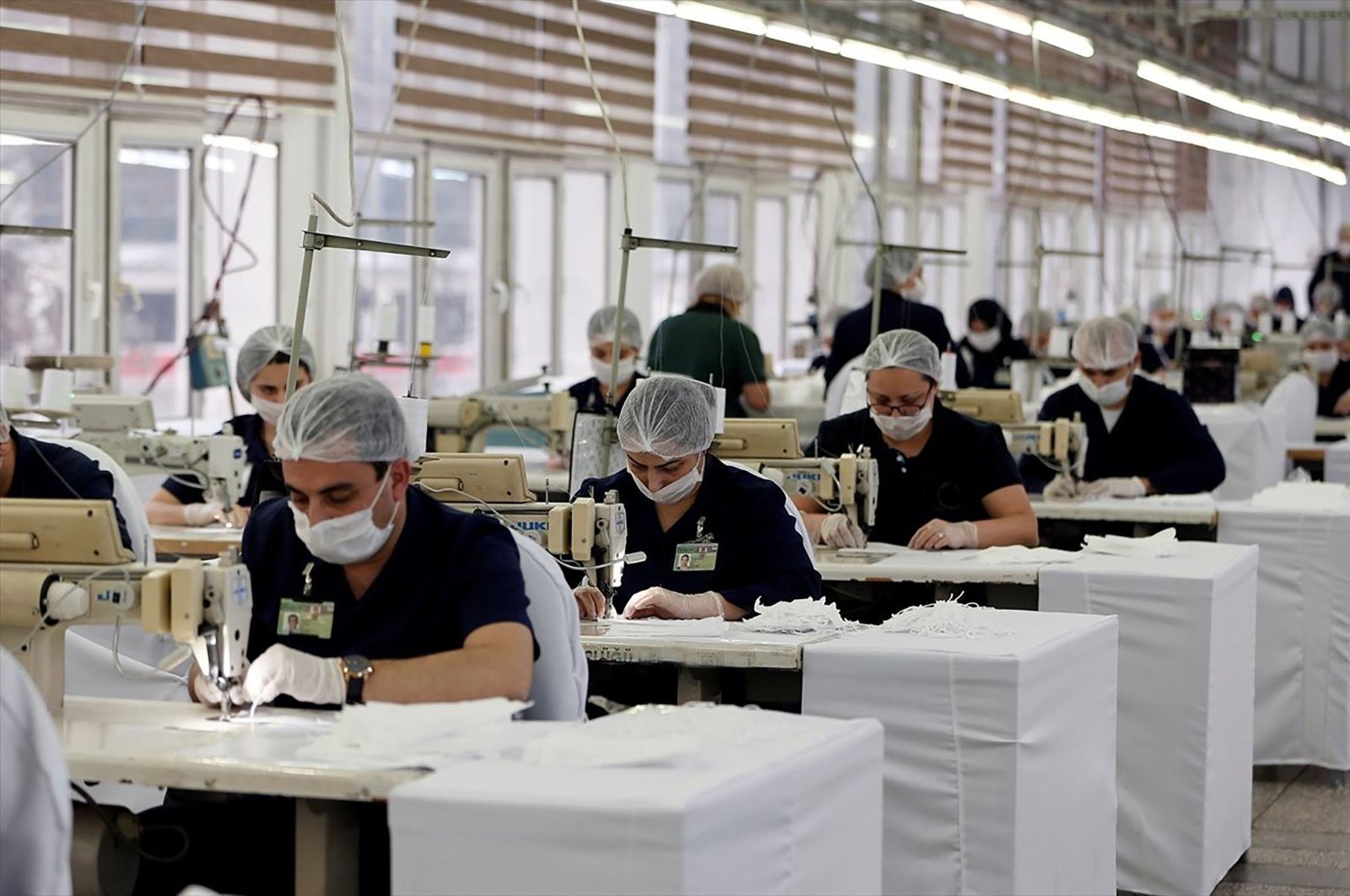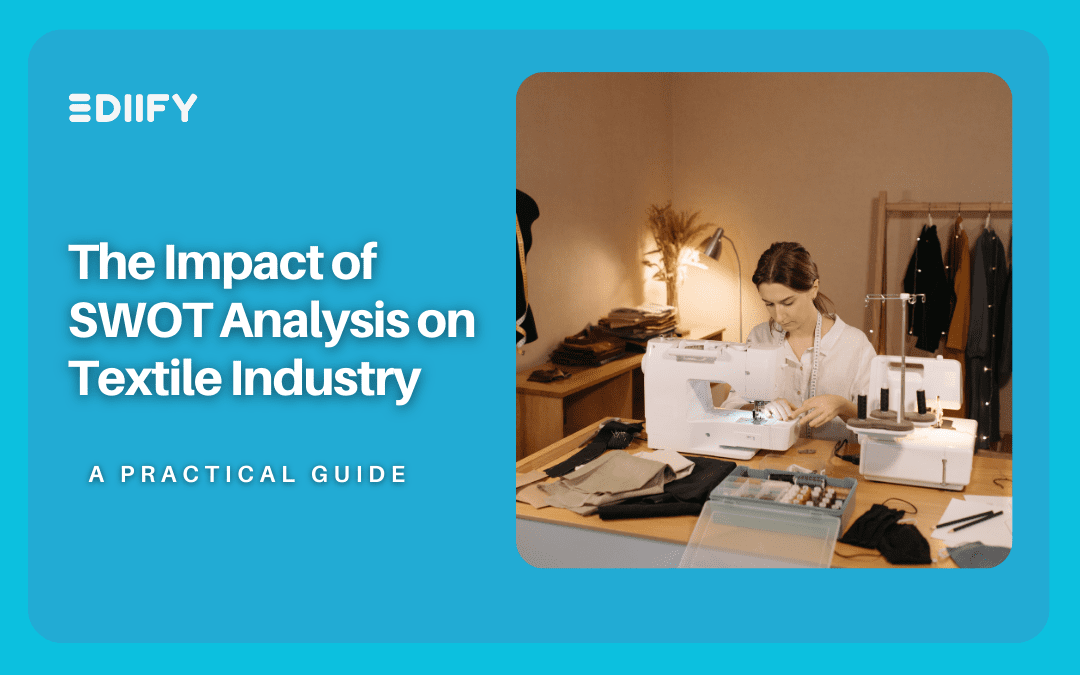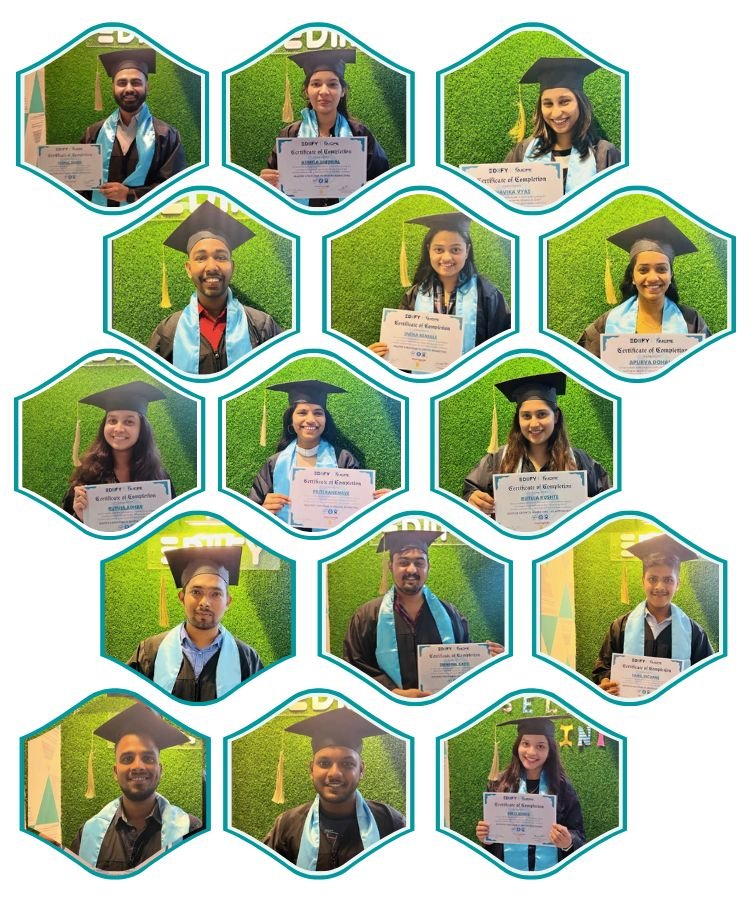Introduction:
The textile industry stands as a pivotal force in global commerce, deeply woven into the fabric of everyday life. From the garments we wear to the bed linens we sleep on, textiles envelop us, underscoring their significance in the worldwide economy. Similar to any other sector, the textile industry encounters a spectrum of challenges and opportunities. An exploration through a SWOT analysis of the textile industry—scrutinizing the Strengths, Weaknesses, Opportunities, and Threats—offers a comprehensive insight into the current state of the industry and its potential future trajectories.

Strengths:
- Diverse Product Range: The textile industry showcases an extensive array of products, spanning clothing, home textiles, technical textiles, and beyond. This diversity fortifies its resilience in the face of economic fluctuations.
- Global Presence: Extending its reach across the globe in terms of production and consumption, the textile industry revels in a widespread presence. This global network empowers companies to tap into diverse markets and tailor their offerings to regional preferences.
- Innovation in Materials: Progress in material science and technology has ushered in a new era of innovative fabrics, endowed with enhanced properties such as moisture-wicking, flame resistance, and sustainability. These developments align with the dynamic demands of consumers and evolving regulations.
Take a look at the below blog Balancing Nature and Competition a Guide
https://ediify.com/project/balancing-nature-and-competition-a-guide/
Weaknesses:
- Environmental Impact: Criticism surrounds the textile industry for its environmental footprint, marked by issues like excessive water consumption, chemical pollution, and waste generation. Mitigating these concerns is imperative for the industry’s long-term sustainability.
- Labor Intensity: Many facets of textile production remain reliant on manual labor, particularly in developing nations where cheap labor prevails. This dependence introduces challenges related to quality control and ethical considerations.
- Supply Chain Vulnerabilities: The intricate textile supply chain, involving raw material production, processing, manufacturing, and distribution, is susceptible to disruptions. Natural disasters or geopolitical events in any part of this chain can have cascading effects on the entire industry.
Take a look at the below blog the Benefits of Self-assessment
https://ediify.com/exploring-the-benefits-of-self-assessment/
Opportunities:
- Sustainable Practices: Heightened awareness of environmental issues offers the textile industry an opportunity to adopt sustainable practices. From eco-friendly materials to embracing circular fashion concepts, there is a growing demand for products that minimize environmental impact.
- E-commerce Boom: The surge in e-commerce platforms provides the textile industry with new avenues for direct consumer outreach. Companies can leverage online platforms to bolster their market presence and engage with a broader audience.
- Smart Textiles: The fusion of technology and textiles, leading to the creation of smart fabrics with functionalities like temperature regulation and health monitoring, opens up exciting possibilities. This convergence caters to the evolving needs and preferences of consumers.
Threats:
- Global Economic Uncertainty: Economic fluctuations, trade tensions, and unforeseen crises can influence consumer spending, impacting the textile industry’s revenue. Adapting to such uncertainties necessitates strategic planning and flexibility.
- Fast Fashion Criticism: The fast fashion model, characterized by swift production cycles and disposable clothing, faces mounting criticism for its environmental and social consequences. This negative perception poses a threat to companies not aligning with evolving consumer values.
- Rising Production Costs: Fluctuating commodity prices, increasing labor wages, and other production-related costs can exert pressure on profit margins. Textile companies need to devise strategies to manage and mitigate these cost pressures.
Take a view on the below blog exploring the task of strategy choice
https://ediify.com/exploring-the-task-of-strategy-choice-a-comprehensive-overview/
Conclusion:
In the intricate tapestry of the textile industry, a SWOT analysis of the textile industry unveils both the strengths propelling its growth and the weaknesses and threats demanding attention. Recognizing the opportunities for innovation and sustainability enables the industry to navigate challenges and continue weaving success. As global dynamics evolve, the textile industry’s adaptability and embrace of change will determine its resilience in a world where the threads of progress are continually being spun.



